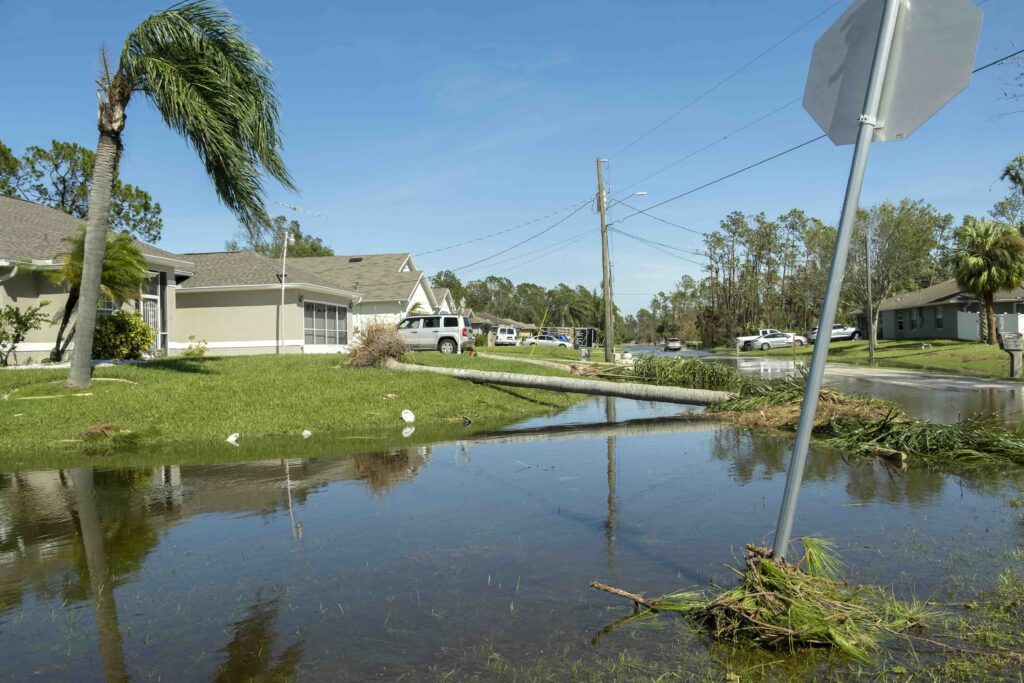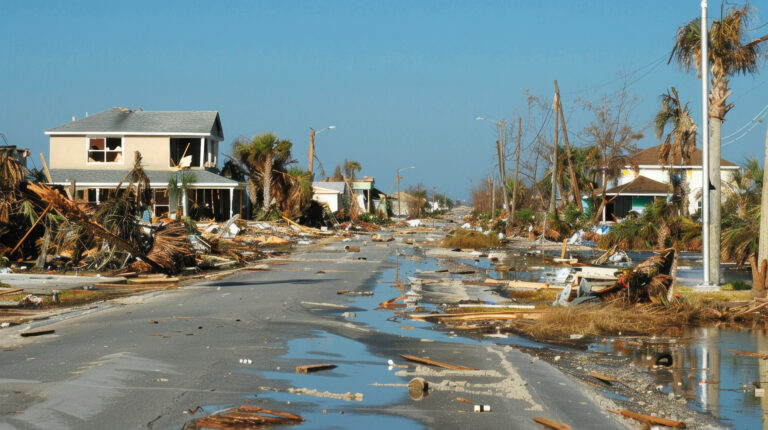Filing a Texas Water Damage Insurance Claim: 5 Key Steps for Full Coverage
Water damage can occur without warning, often leading to extensive and costly repairs. From burst pipes to severe storms and flooding, water-related issues can impact every aspect of your property. Filing a Texas water damage insurance claim can help you recover these costs, but navigating the claims process can be challenging. Insurers may dispute coverage, reduce payouts, or even deny claims. Knowing the steps to file a strong claim is essential for securing the compensation you deserve. Here’s a comprehensive guide to help you through the process.

5 Key Steps for Filing a Texas Water Damage Insurance Claim
1. Document All Water Damage Thoroughly for Your Texas Water Damage Insurance Claim
Immediately after discovering water damage, document the affected areas in detail. Take clear photos and videos of all visible damage, including walls, flooring, ceilings, and any damaged personal items. This documentation will be essential in supporting your Texas water damage insurance claim and ensuring your claim is accurately valued by your insurer. Additionally, list any property lost or damaged due to the incident, with estimated costs if possible.
2. Take Immediate Action to Prevent Further Damage
Most insurance policies require property owners to take reasonable steps to prevent additional damage after a water incident. For example, you may need to shut off the water supply, remove standing water, or install temporary coverings. Taking these steps protects your Texas water damage insurance claim by showing that you mitigated further damage, as insurers may deny claims if they believe the damage could have been minimized.
3. File Your Texas Water Damage Insurance Claim Quickly
Timing is critical in water damage claims, as delays can lead to mold growth or further structural damage. Texas law also requires insurers to respond within a certain timeframe once a claim is filed. Filing your Texas water damage insurance claim as soon as possible helps keep the process moving and holds your insurer accountable. Submit all relevant documents promptly to avoid delays in processing.
4. Review Your Insurance Policy for Water Damage Coverage
Water damage policies vary significantly, with some covering only specific types of incidents, such as sudden pipe bursts or appliance leaks, while others may exclude flooding altogether. Carefully review your Texas water damage insurance policy to understand the scope of your coverage, including any exclusions or limits. Knowing what is covered helps you set realistic expectations and prepares you to address any issues that could affect your claim.
5. Consult a Water Damage Insurance Attorney for Complex Claims
Water damage claims can become complex, especially if your insurance company disputes the cause of the damage or reduces the estimated repair costs. Consulting a Texas water damage insurance attorney at Zar Law Firm can make a significant difference. An experienced lawyer can negotiate with your insurer, advocate for fair compensation, and pursue legal action if necessary to secure the coverage you’re entitled to. Legal support is particularly valuable in cases of denied or underpaid claims.
Common Issues with Texas Water Damage Insurance Claims
Disputes over Texas water damage insurance claims frequently arise as insurance companies may argue that the damage was preventable, pre-existing, or due to negligence. Insurers may also dispute the cause of the water damage, attributing it to uncovered events like gradual wear or flooding, which may not be included in standard policies. At Zar Law Firm, we have extensive experience handling these disputes, working to secure fair compensation for our clients.
Types of Water Damage Coverage in a Texas Insurance Policy
Understanding the types of coverage available in a Texas water damage insurance policy can clarify what you’re entitled to claim. Here are some common types of water damage coverage:
- Burst Pipes: Covers sudden and accidental damage caused by a burst pipe or plumbing failure.
- Appliance Leaks: Protects against water damage from leaking appliances such as washing machines or dishwashers.
- Roof Leaks: Covers water damage caused by storm-related roof leaks, though policies may vary.
- Flooding: Typically requires a separate policy; standard homeowner insurance policies usually do not cover flood-related water damage.
Knowing your coverage options helps prevent misunderstandings and strengthens your Texas water damage insurance claim.
Conclusion: Protect Your Property with a Texas Water Damage Insurance Claim
Filing a Texas water damage insurance claim can be overwhelming, but with a clear strategy and legal guidance, you can ensure your insurance company fulfills its obligations. At Zar Law Firm, our experienced attorneys are here to guide Texas property owners through each step of the claims process, advocating for fair compensation and protecting your rights.
Call to Action
Has your Texas water damage insurance claim been delayed, denied, or underpaid? Contact Zar Law Firm today for a free consultation, and let us help you secure the compensation necessary to restore your property.





